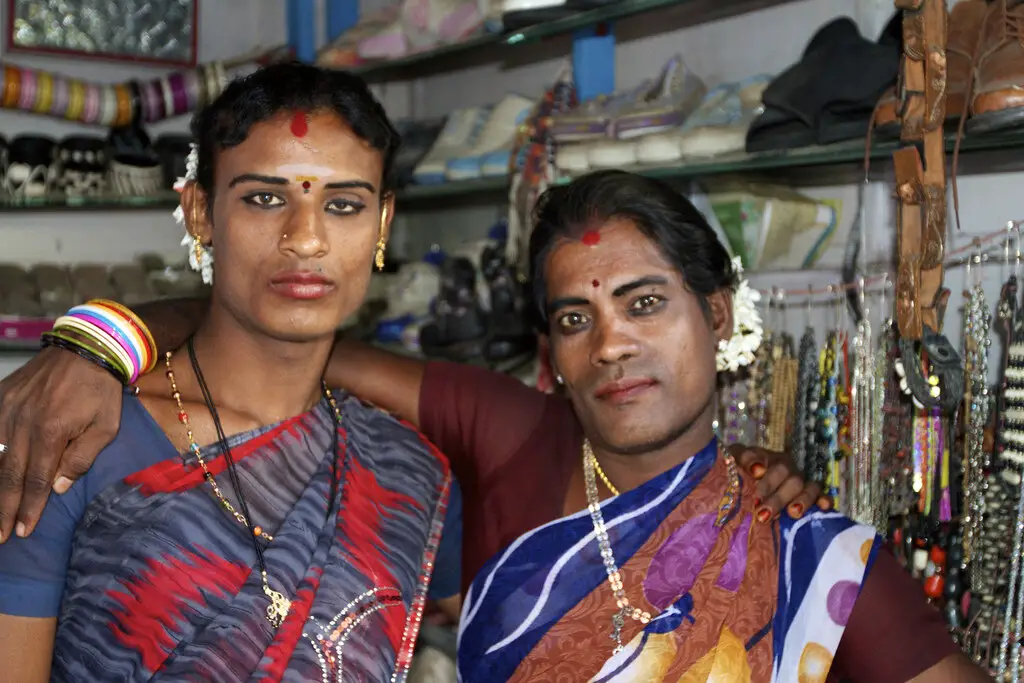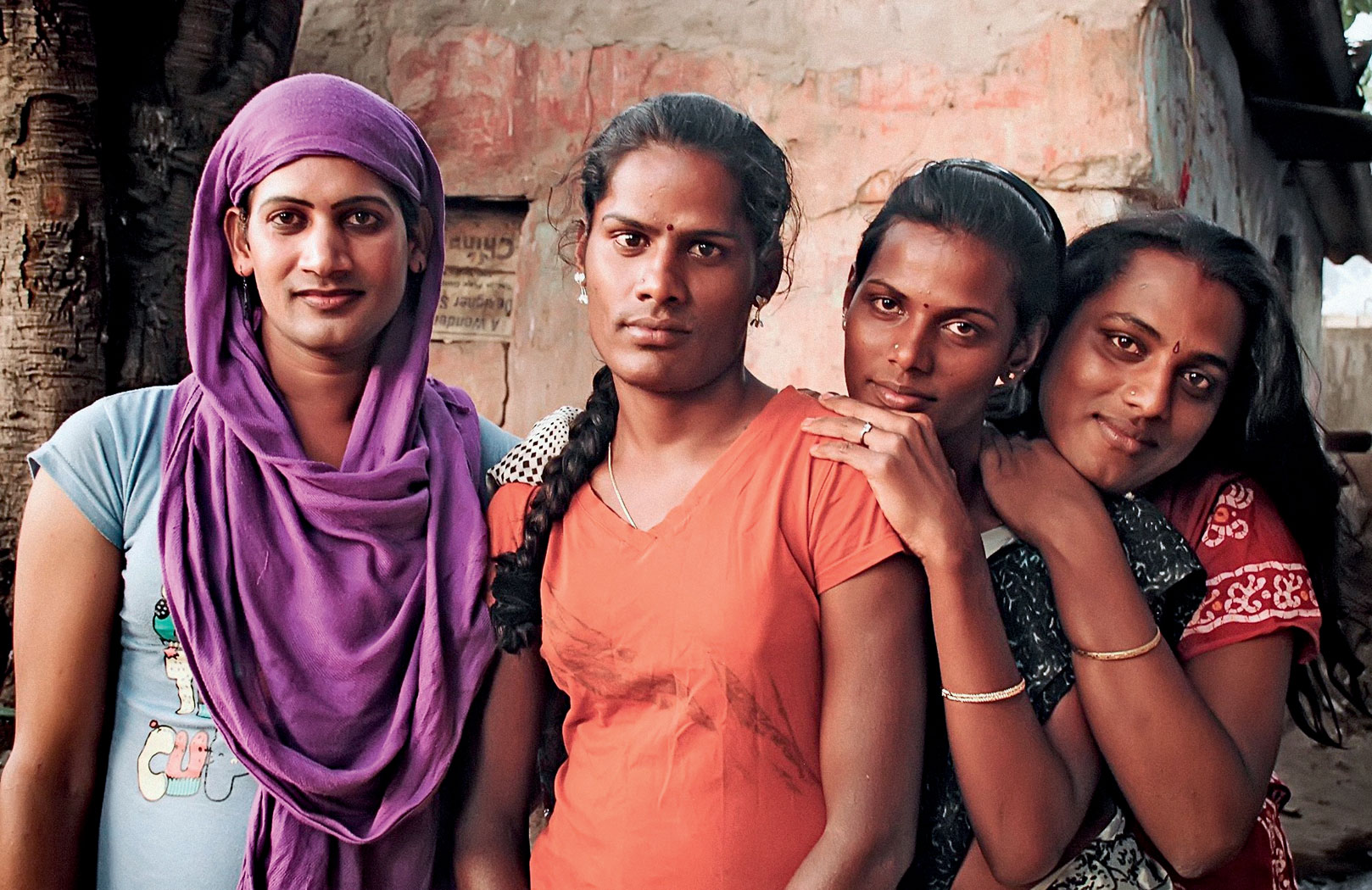Transgender rights in India have been a significant area of legal development over the years, culminating in the recognition of transgender individuals as a third gender by the Indian Supreme Court in 2014. This historic decision marked a major milestone in the fight for transgender legal rights in India. Prior to this, transgender individuals faced discrimination and marginalization, often being denied basic human rights.
The recognition of transgender as a third gender by the Supreme Court not only provided legal recognition but also affirmed their right to self-identified gender without the need for surgery. This landmark decision aimed to promote inclusivity and protect the dignity and autonomy of transgender individuals.
However, the journey towards transgender rights in India did not end there. In 2019, the Transgender Persons (Protection of Rights) Act was passed, which many activists argue is regressive and undermines the progress made. This law requires transgender individuals to register with the government and provide proof of gender confirmation surgery to be officially recognized. Activists believe that this places an undue burden on trans people and violates their right to dignity and autonomy.
Moreover, the Transgender Persons (Protection of Rights) Act fails to address important civil rights issues, such as quotas in education and jobs, and specific protections for intersex individuals. As a result, activists continue to challenge the law in courts and advocate for further improvements in transgender rights.
Despite the challenges faced, the recognition of transgender rights in India represents a significant step forward towards equality and inclusivity for the transgender community. The journey towards achieving full legal rights and protections for transgender individuals is an ongoing process, but the efforts and determination of activists continue to make positive changes.
The Journey Towards Recognition
The progression of transgender rights in India can be traced back to several important moments in history, with significant legislative developments paving the way for recognition and inclusion. Over the years, the country has witnessed a gradual but impactful transformation in its approach towards transgender rights.
One of the key milestones in this journey was the landmark Supreme Court decision in 2014. In a historic ruling, the court recognized transgender individuals as a third gender, acknowledging their right to self-identified gender without requiring surgery. This decision was a major step towards breaking the societal barriers that had long marginalized the transgender community in India.

Following this groundbreaking ruling, efforts were made to further protect and promote transgender rights through legislation. In 2019, the Transgender Persons (Protection of Rights) Act was passed. However, this legislation has faced significant criticism and backlash from activists. Many argue that the law is regressive and fails to address the comprehensive needs and rights of transgender individuals. The act requires transgender people to register with the government and provide proof of gender confirmation surgery to be officially recognized, which activists believe places an unnecessary burden on them and violates their autonomy and dignity.
Additionally, the Transgender Persons (Protection of Rights) Act falls short in addressing key areas such as civil rights, quotas in education and jobs, and specific protections for intersex individuals. Activists continue to challenge the law in courts and advocate for improvements in transgender rights, striving to ensure that every transgender person in India can live a life of equality, respect, and freedom.
Legislative Timeline of Transgender Rights in India
| Year | Development |
|---|---|
| 2014 | Supreme Court recognizes transgender as a third gender and grants self-identified gender rights without surgery. |
| 2019 | Transgender Persons (Protection of Rights) Act is passed, but faces criticism for not adequately addressing transgender rights. |
Despite the challenges and setbacks, the journey towards transgender rights in India continues. Activists, organizations, and the transgender community as a whole remain committed to pushing for broader acceptance, comprehensive legal protections, and social inclusivity. Through ongoing advocacy and awareness, it is hoped that India will continue to make significant strides towards ensuring that transgender individuals are treated with dignity, respect, and equality in all aspects of life.
Landmark Supreme Court Decision
A pivotal moment in the history of transgender rights in India came in 2014 when the Indian Supreme Court delivered a landmark decision, recognizing transgender individuals as a third gender and affirming their right to self-identified gender. This decision was hailed as a significant achievement for the transgender community, marking a crucial step towards equality and inclusivity.
“We have to bid adieu to the prejudiced mindset and promote individual dignity,” the Supreme Court stated in its judgment.
By acknowledging transgender individuals as a distinct gender, the Supreme Court recognized their right to live and express their gender identity without the need for surgical intervention. This historic verdict aimed to provide transgender people with legal protection and ensure their constitutional rights to equality and non-discrimination.
While this decision was a significant milestone, the journey towards full transgender rights in India continues. The Transgender Persons (Protection of Rights) Act passed in 2019 has been met with controversy and criticism from activists. Many argue that the Act is regressive and fails to address the comprehensive rights and protection needed for the transgender community.

Activists have raised concerns about the Act’s requirement for transgender individuals to register with the government and provide proof of gender confirmation surgery to be recognized officially. They argue that this burdensome process violates their right to dignity, autonomy, and self-identification. The Act also fails to address important issues such as civil rights, quotas in education and jobs, and specific protections for intersex individuals.
| Key Points | Summary |
|---|---|
| 2014 Supreme Court Decision | Recognized transgender individuals as the third gender and affirmed their right to self-identified gender without surgery. |
| Transgender Persons (Protection of Rights) Act (2019) | Controversial law requiring transgender individuals to register and provide proof of surgery for recognition, criticized for its limitations and failure to address the comprehensive rights of the transgender community. |
| Challenges and Activism | Activists continue to challenge the Act in courts and advocate for improvements in transgender rights, including civil rights, education and job quotas, and specific protections for intersex individuals. |
The Transgender Persons (Protection of Rights) Act
In 2019, the Transgender Persons (Protection of Rights) Act was introduced in India, marking another significant step in the journey towards transgender rights in the country. However, this legislation has been met with mixed reactions from the transgender community and activists who have long been advocating for their rights.
The law requires transgender individuals to register with the government and provide proof of gender confirmation surgery in order to be officially recognized. This provision has been heavily criticized by activists, as it places a burden on transgender people and violates their right to dignity and autonomy. Many argue that the requirement for surgery goes against the 2014 Supreme Court decision that affirmed the right to self-identified gender without the need for medical intervention.
Furthermore, the Transgender Persons Act falls short in addressing other important issues. It fails to provide specific protections for intersex individuals and does not address civil rights or quotas in education and employment. These gaps in the legislation have raised concerns among activists, who believe that transgender rights in India are still not adequately protected.
As a result, activists are planning to challenge the Transgender Persons Act in courts and continue advocating for improvements in transgender rights. They are calling for inclusive and comprehensive legislation that recognizes the diverse identities and experiences within the transgender community, and addresses the civil and social inequalities they face.
Transgender Rights Movement in India
The introduction of the Transgender Persons (Protection of Rights) Act highlights the ongoing struggle for transgender rights in India. While progress has been made over the years, there is still much work to be done to ensure equality and acceptance for transgender individuals in all aspects of society. Activists and organizations continue to fight for comprehensive legislation that upholds the rights and dignity of transgender people, and to challenge regressive laws that hinder their progress.
Conclusion
The journey towards transgender rights in India has seen significant strides, marked by the recognition of transgender individuals as a third gender and legal protections. In a landmark decision in 2014, the Indian Supreme Court acknowledged the rights of transgender individuals to self-identified gender, without the requirement of undergoing surgery. This decision was a crucial step towards recognizing the dignity and autonomy of transgender individuals.
However, there are still challenges to overcome to ensure full rights and inclusivity for the transgender community in the country. In 2019, the Transgender Persons (Protection of Rights) Act was passed, which has been criticized by activists as regressive. The law mandates that transgender individuals register with the government and provide proof of gender confirmation surgery to be officially recognized. This places a burden on trans people and violates their right to dignity and autonomy.
Furthermore, the Transgender Persons (Protection of Rights) Act fails to address civil rights, quotas in education and jobs, and specific protections for intersex individuals. Activists are planning to challenge the law in courts and advocate for improvements in transgender rights. They aim to ensure that transgender individuals are not only legally recognized but are also afforded equal opportunities and protections in all aspects of life.
Despite the challenges, the progress made towards transgender rights in India is significant. It is crucial to continue the dialogue and work towards removing barriers and prejudices faced by the transgender community. By embracing inclusivity and promoting equal rights, India can create a society that respects and celebrates the diversity of its citizens, regardless of their gender identity.